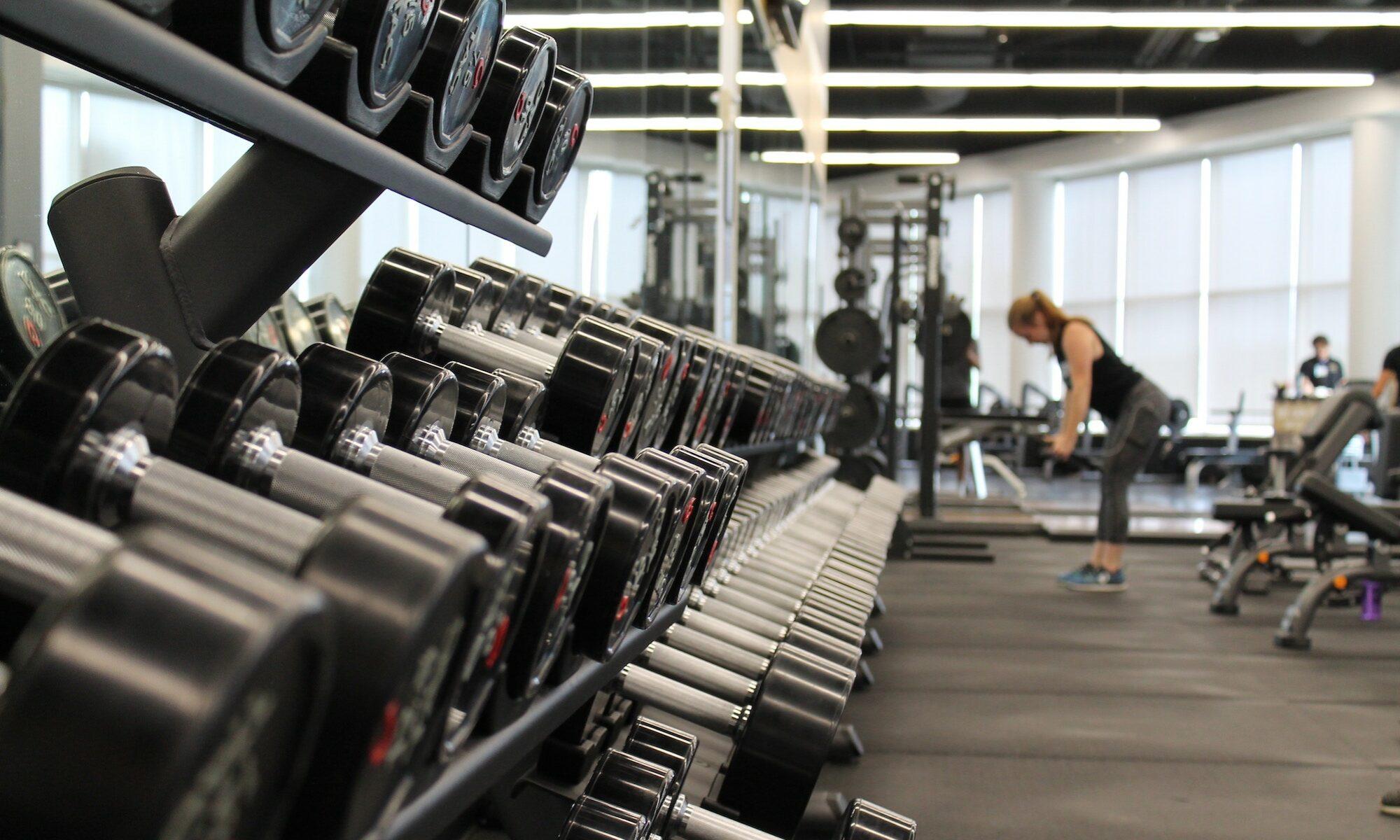Transform Your Fitness Journey: Integrating Yoga into Your Workout Routine for Maximum Benefits
In a world where wellness trends evolve rapidly, blending traditional exercise with mindful practices has become essential for achieving holistic health. By 2025, fitness enthusiasts recognize that combining strength, cardio, and flexibility training unlocks unparalleled results. Yoga, once seen solely as stretching or relaxation, now stands at the forefront as a dynamic tool to enhance performance, prevent injury, and foster mental clarity. Whether you’re a dedicated weightlifter, a seasoned runner, or an avid cyclist, understanding how and when to incorporate yoga can revolutionize your workout routine and elevate your overall well-being.
Why Incorporating Yoga Before Your Main Workout Boosts Performance and Reduces Injuries
Adding yoga at the beginning of your exercise session functions as an active warm-up that prepares muscles and joints for the demands ahead. Unlike static stretching, yoga dynamically engages the entire body, increasing blood flow and enhancing flexibility. For instance, a few minutes of Sun Salutations can elevate your core temperature, loosening tight muscles and improving joint mobility. This proactive approach minimizes the risk of strains and sprains during high-intensity activities.
Research demonstrates that a well-structured yoga warm-up enhances muscle coordination and proprioception—the body’s awareness of its position—crucial for sports requiring agility. For example, athletes training in sports like soccer or tennis report fewer injuries when they integrate yoga into their warm-up routines. Additionally, yoga cultivates mindfulness, helping athletes to focus mentally and set an intent for their workout. Imagine stepping onto the mat wearing Athleta or Puma gear, tuning into your breath, and consciously activating muscles that will support your performance.
| Yoga Poses for Warm-Up | Targeted Muscle Groups | Benefits |
|---|---|---|
| Downward Dog | Shoulders, hamstrings, calves | Enhances shoulder mobility and stretches the back |
| Cat-Cow | Spine, neck, core | Increases spinal flexibility and relieves tension |
| High Lunge | Hip flexors, thighs, calves | Warms up lower body muscles |
| Standing Side Bend | Obliques, shoulders | Prepares lateral muscles for movement |
Expert Tips for an Effective Yoga Warm-Up
- Choose dynamic poses that involve movement rather than static stretches.
- Maintain mindful breathing to increase oxygen flow and focus.
- Spend 5–10 minutes focusing on areas most used in your workout.
- Wear comfortable activewear like Under Armour or Manduka for unrestricted movement.
By nurturing your body with a mindful yoga warm-up, you set a strong foundation for your session. Next, let’s explore how yoga can serve as a restorative cool-down, enhancing recovery and flexibility.
Enhancing Recovery: The Power of Yoga as a Post-Workout Cool-Down
After pushing your body through intense training, your muscles crave relaxation and elongation. Incorporating yoga as a cool-down facilitates muscle recovery, reduces soreness, and improves mobility for future sessions. Gentle flows, such as Yin Yoga or restorative sequences, target the muscles that tend to tighten during vigorous activity. For example, after a solid session of weightlifting or running, deep stretches like Pigeon Pose or Forward Fold can soothe tension accumulated in hips and hamstrings.
Science reveals that gentle yoga post-exercise boosts circulation, flushing out metabolic waste products and delivering nutrients to repair tissues. Furthermore, the meditative aspects of yoga lower cortisol levels—hormones associated with stress—helping you unwind mentally and physically. Imagine ending your workout in your Reebok or Gaiam apparel, lying in child’s pose, and focusing on your breath to transition from effort to relaxation seamlessly.
| Effective Cool-Down Poses | Target Areas | Benefits |
|---|---|---|
| Pigeon Pose | Hips, glutes | Reduces hip tension and improves flexibility |
| Seated Forward Bend | Hamstrings, lower back | Relieves lower back strain, encourages elongation |
| Supported Bridge | Glutes, lower back | Restores pelvic alignment, relaxes lumbar region |
| Corpse Pose (Savasana) | Full body | Induces relaxation, lowers heart rate |
Tips for a Mindful Cool-Down Routine
- Move slowly into stretches, avoiding bouncing.
- Focus on deep diaphragmatic breathing to enhance relaxation.
- Use props from brands like Manduka or Lululemon to deepen stretches.
- Practice for at least 10 minutes to experience benefits.
Incorporating yoga after exercising provides a break for your muscles to repair and rejuvenate. Next, discover how integrating yoga with strength training can elevate your performance further.
Synergizing Yoga and Strength Training for Total Body Fitness
Balancing yoga with resistance exercises creates a comprehensive approach that nurtures stability, flexibility, and power. Muscles often tighten after weightlifting, leading to decreased mobility and increased injury risk. Embedding yoga into your strength schedule—such as practicing Iyengar or Vinyasa styles—can counteract this tension, improve muscle elasticity, and deepen your range of motion.
For instance, athletes combining three days of weightlifting with two days of yoga see significant improvements in posture, core strength, and flexibility. This synergy enhances overall performance, especially for sports demanding quick changes of direction or sustained endurance. Imagine combining a Reebok or Athleta workout with restorative yoga in an elegant studio, feeling your muscles stretch and strengthen in harmony.
| Combined Training Schedule | Muscle Groups Addressed | Key Benefits |
|---|---|---|
| 3 days strength + 2 days yoga | Full body, focusing on flexibility and stability | Enhanced joint health, improved posture |
| Alternate days | Core, back, hips | Reduces lower back pain, boosts balance |
| Post-strength yoga sessions | Hamstrings, shoulders, hips | Prevents stiffness and overuse injuries |
| Yoga as active recovery | Full body, emphasizing relaxation | Speeds up muscle healing and mental clarity |
Practical tips for seamless integration
- Schedule yoga sessions on recovery or lighter training days.
- Focus on poses that target muscle groups used in your main workouts.
- Wear flexible, high-quality gear like PrAna or Alo Yoga to maximize comfort.
- Monitor your body’s responses and adjust intensity accordingly.
Blending yoga with strength enhances athletic resilience, increases functional movement, and nurtures mental toughness. Want to optimize your training further? Let’s explore how to incorporate yoga into your cardio days for total endurance.
Smart Strategies: Timing and Frequency for Incorporating Yoga in Your Routine
Determining the right time and frequency for yoga depends on personal goals, schedule, and fitness level. Common approaches include practicing yoga on alternate days, before or after workouts, or as dedicated recovery sessions. For busy athletes, integrating shorter sessions—say 15–20 minutes—consistently can lead to lasting benefits.
For example, some athletes prefer to do a quick yoga flow before their morning run to activate muscles. Others find relaxing yoga routines at night aid sleep and recovery. The key is consistency and mindful listening to your body’s signals. If you’re pushing hard in the gym, yoga on rest days or post-exercise allows for optimal recovery—especially when you wear supportive and breathable athleisure from brands like Under Armour or Gaiam.
| Ideal Yoga Frequency | Best Time to Practice | Focus Areas |
|---|---|---|
| 3–5 times weekly | Morning warm-up or evening cool-down | Flexibility, stress relief, mobility |
| Before workouts | 20 minutes | Muscle activation |
| After workouts or on off days | 15–30 minutes | Recovery, stretching |
| Rest days | Gentle, restorative yoga | Rejuvenation and relaxation |
Practical tips for consistent yoga integration
- Mix different yoga styles to keep routines engaging.
- Set a regular schedule aligned with your workout calendar.
- Invest in quality gear for comfort and effectiveness.
- Refer to resources like professional yoga scheduling guides for tailored routines.
Balanced and consistent practice ensures long-term results, nourishing both body and mind. Curious about specific routines? Explore expert advice and tips to elevate your practice further.
Expert Insights: Connecting Yoga to Holistic Fitness and Mental Well-Being
Adopting yoga into your fitness routine isn’t just about physical benefits; it also nurtures mental resilience and emotional health. In 2025, holistic health strategies emphasize the importance of mindfulness, breathing techniques, and stress management. Yoga’s emphasis on breath control and meditation aligns perfectly with these goals.
Practicing yoga regularly enhances focus, reduces anxiety, and improves sleep—factors essential for optimal performance. For example, high-pressure athletes from Reebok and Under Armour gear companies now incorporate mindfulness-based yoga routines to boost their mental game, showing that true strength spans both body and mind. Moreover, integrating guided pranayama sessions into your routine helps manage stress and recover from setbacks more effectively.
| Holistic Benefits | Impact on Fitness | Approach |
|---|---|---|
| Mental clarity, stress reduction | Improved focus, reduced injury risk | Breathwork, meditation, mindful movement |
| Enhanced sleep quality | Faster recovery and better performance | gentle yoga sequences at night |
| Emotional resilience | Better handling of training setbacks | Relaxation techniques and visualization |
| Body-mind connection | Increased body awareness and movement efficiency | Consistent mindfulness practice |
How to foster a mindful yoga practice in daily life
- Employ resources like guided meditation apps
- Create a dedicated quiet space for practice, equipped with supportive mats from Gaiam or Manduka.
- Incorporate breathing exercises into daily routines for ongoing stress relief.
- Schedule weekly sessions focusing on mindfulness and emotional regulation.
Making yoga a cornerstone of your holistic approach unlocks profound health benefits. Seek expert guidance to tailor routines that complement your fitness and mental health goals seamlessly.
FAQs on Incorporating Yoga into Your Workout Routine
- When is the best time to practice yoga relative to my workout?
Practicing yoga after your main workout promotes recovery, while a brief session before exercise can serve as an effective warm-up. The ideal timing depends on your goals and schedule. - How often should I include yoga in my fitness routine?
Aim for 3–5 sessions weekly, ensuring consistency. Varying styles and durations keeps your routine engaging and effective. - What gear is recommended for a comfortable and effective yoga practice?
Brands like Manduka, Lululemon, and Gaiam offer high-quality mats and apparel that support optimal movement and comfort. - Can yoga replace traditional strength training?
While yoga improves flexibility, balance, and muscular endurance, it might not fully replace resistance training for hypertrophy. Combining both offers the best of both worlds. - Is yoga safe for everyone?
Generally, yes. However, those with specific injuries or health conditions should consult a healthcare professional or qualified instructor for tailored modifications.


